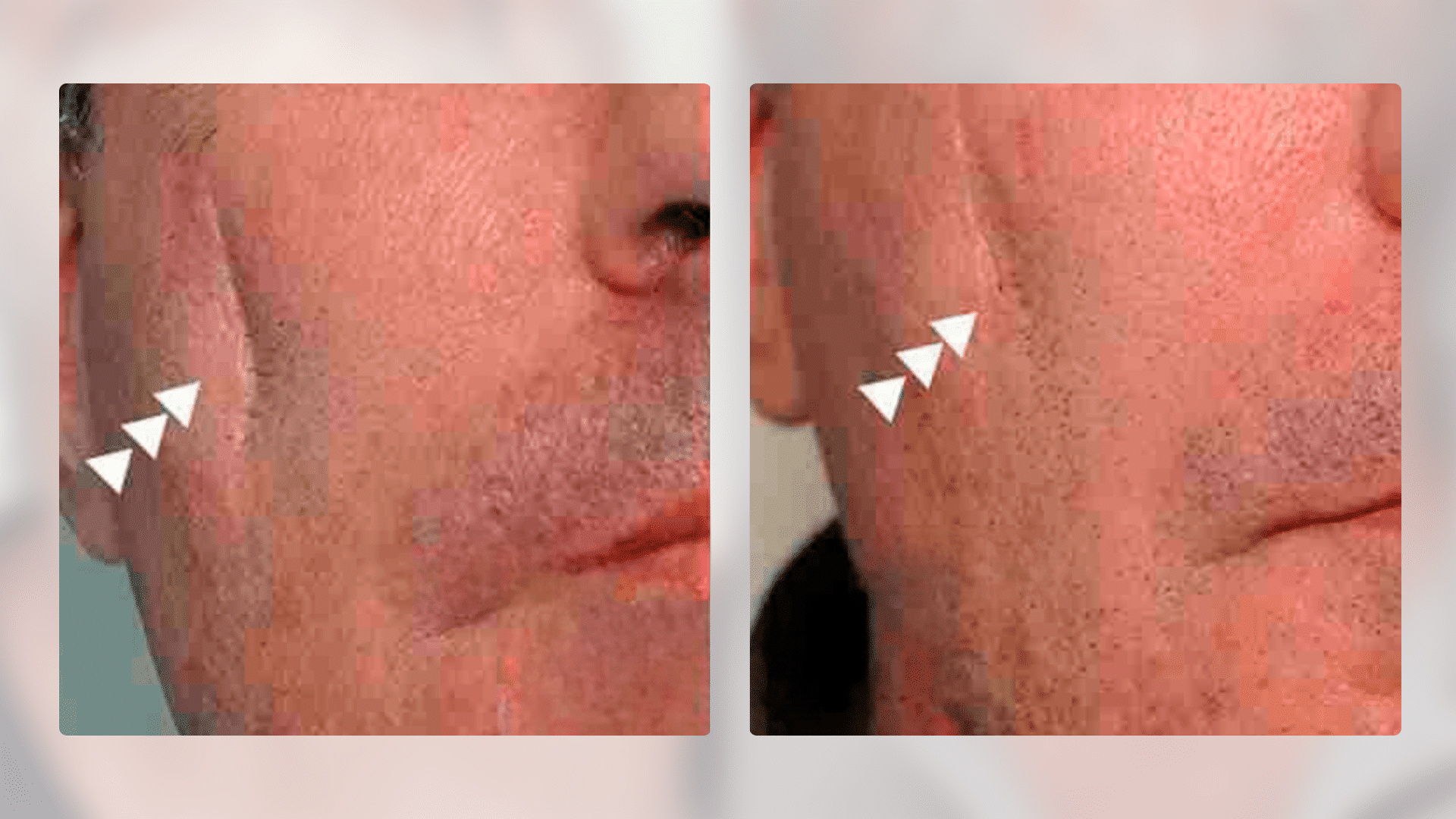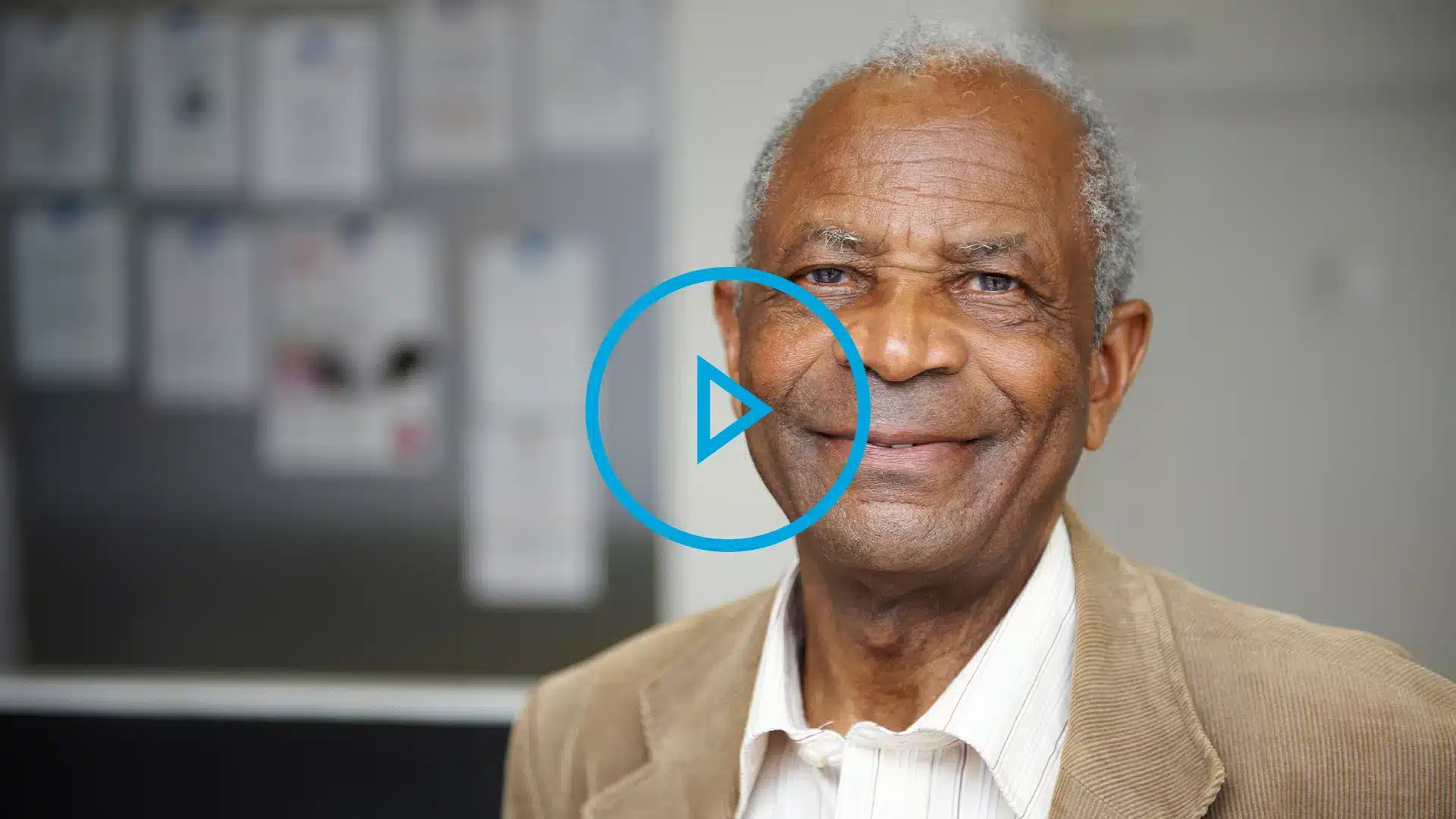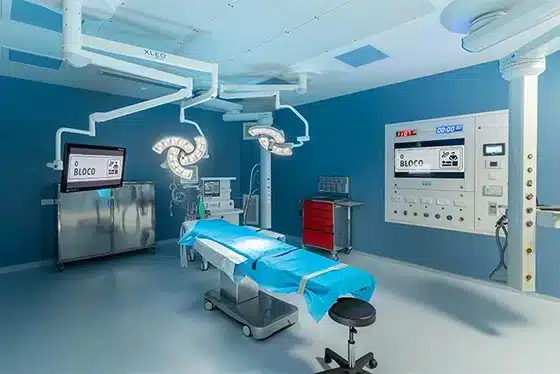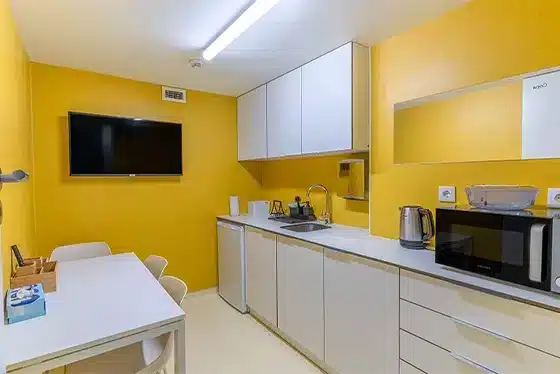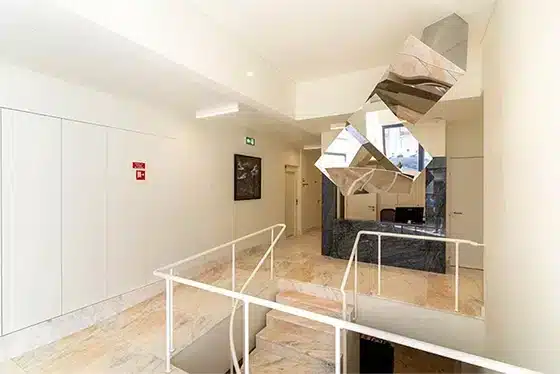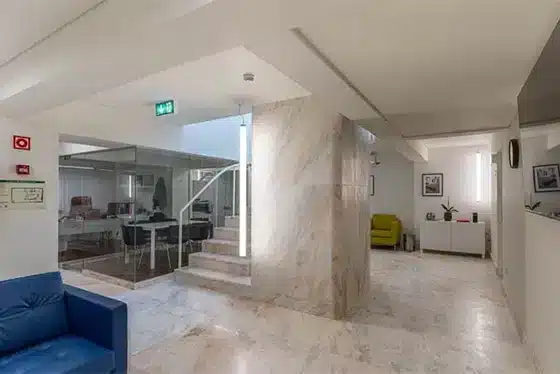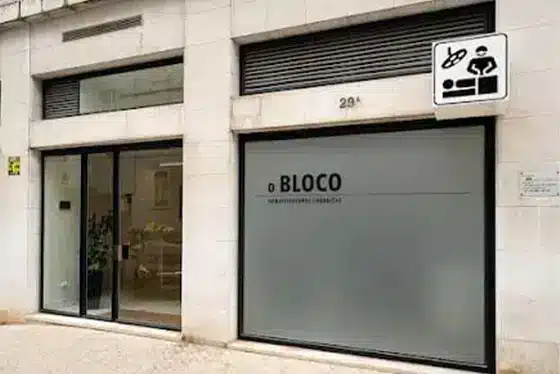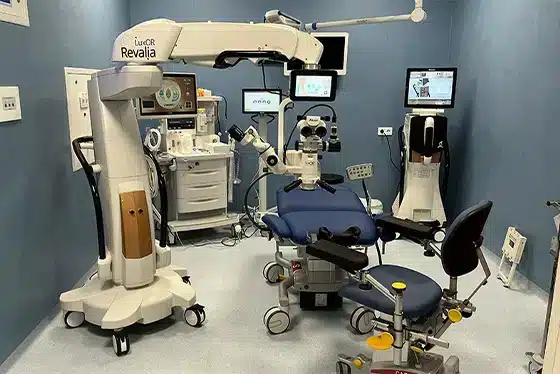Intro
Fat is an unmatched filling material and has impressive regenerative capacities, providing the best restoration of texture and skin quality, because it carries not only a large variety of growth factors and stem cells as well.
It is an excellent choice for facial scars management, facial volume deficits reconstruction, improvement of skin quality after radiotherapy and facial wound healing.
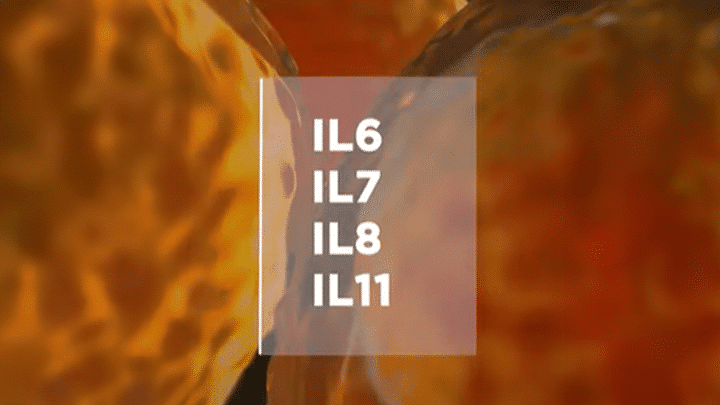
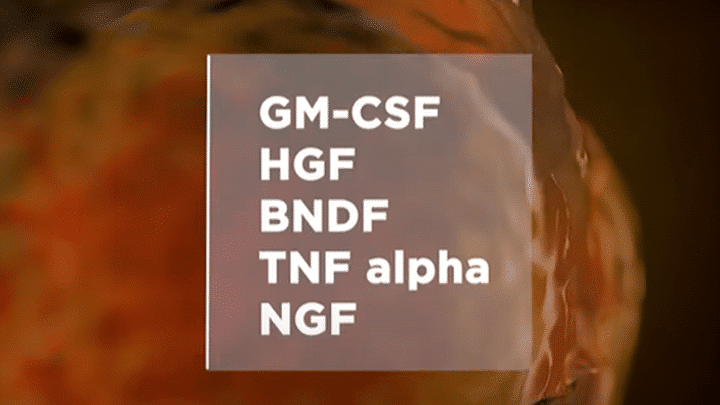
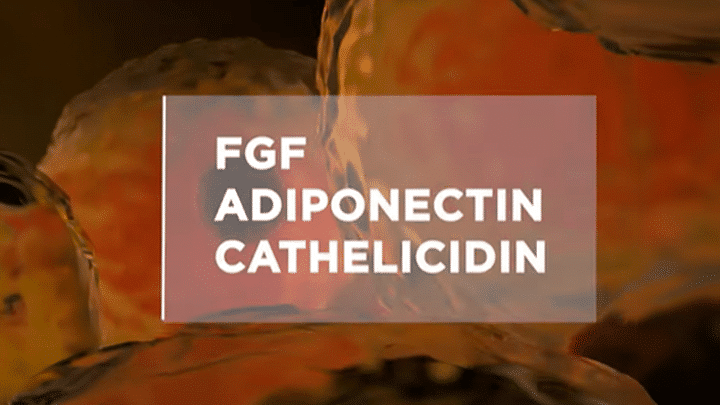
Advantages
Fat is readily available and host compatible.
The small amounts of fat needed for facial treatments can be harvested easily and more than once if needed.
The regenerative capacity of fat provides possibilities to restore volume texture and skin quality, not easily achievable by any synthetic fillers or other synthetic products.
Disadvantages
The main disadvantage of fat graft is resorption.
This occurs during the first 3 months after surgery. The rate is dependent on each patient, but general values of resorption go from 25 to 50%, which can be even higher in hypermobile areas, such as: lips and nasolabial folds or ill-recipient areas such as scars. This means it may be necessary to repeat the fat graft after 6 months to obtain the desired result.
Technique
The amount of fat needed for facial procedures is small, usually not exceeding more than 50 to 60cc. I usually prefer doing the fat graft under general anesthesia for the comfort of the patient. Also, it allows using fewer amounts of anaesthetic solution in the donor area, with less disruption of fat cells.
In my practice, fat around the belly button is for me the primary source of fat. Thigh fat can also be an option.
Grafting techinique:
- It starts with very small incisions in the belly button, leaving almost invisible scars : this allows the cannula to access the fat tissue;
- A solution is injected and fat is aspirated with the cannula;
- The tissue goes through filtration and processing, with different methods according to the final desired effect;
- Small incisions are performed at the facial recipient area and fat is placed according to the final desired shape.



Recovery
Recovery from fat extraction around the belly button is usually very fast and tolerable.
During the first 5 days, you will be asked to use an elastic band around the donor area and avoid strenuous movements for 2 or 3 weeks.
At the recipient area of the fat graft, during the first 4 to 6 weeks post-operative, there will be hard swelling that will progressively turn into soft natural tissue.
Bruises should be gone by this period as well.
Once grafted, the remaining tissue is stable, naturally aging throughout the years, harmoniously with the rest of your facial structures.

Extras – Advanced reading
Dr. Sydney Coleman is an world-renowed American surgeon, who described the foundations of the current concepts in fat graft. This free full text (link here), presents an overview on fat grafting, and this paper (link here -paid acess) interviews Dr. Coleman and other to two illustrous surgeons, on challenges and debates about lipografting.
Let me take this opportunity to write a short line to thank Dr. Alice Varanda Pereira and the Plastic Surgery department of CHLC, with whom I had the honour of learning the first steps in fat grafting.
